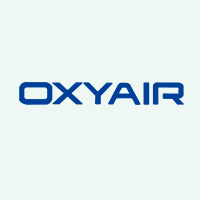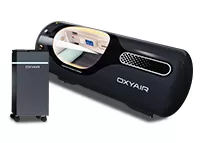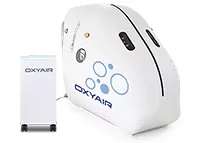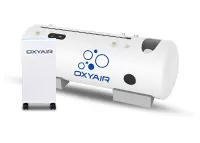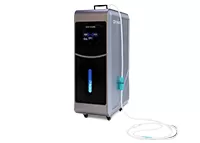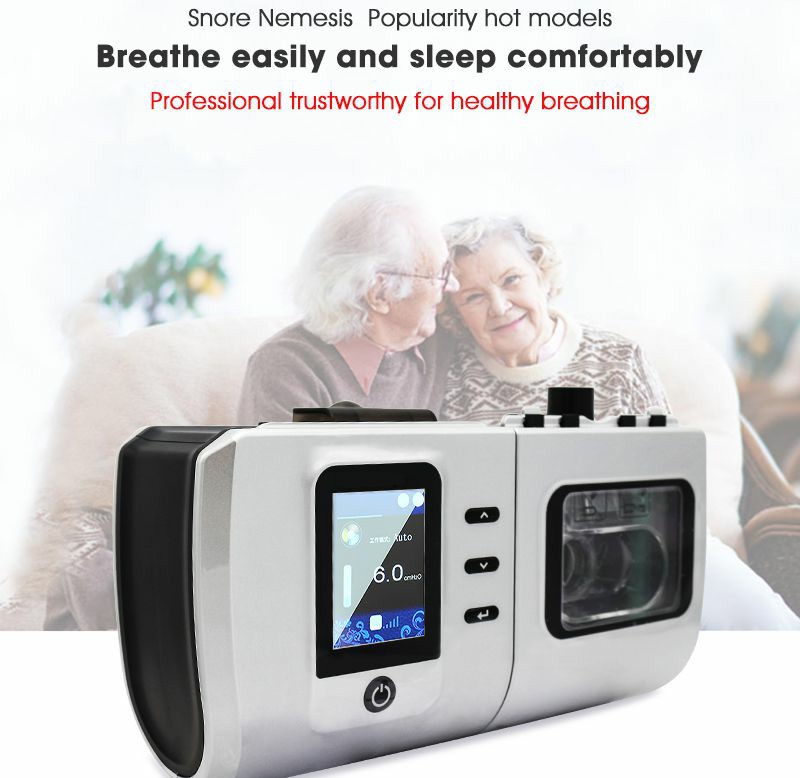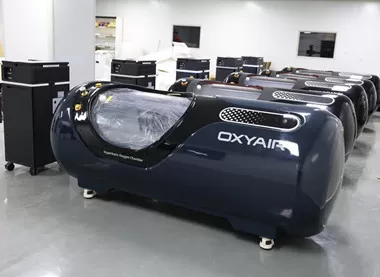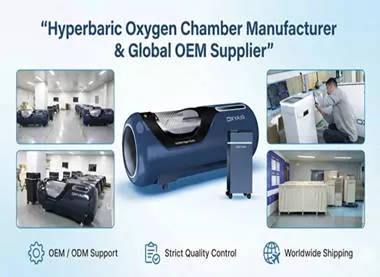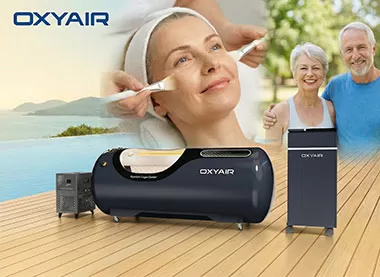Tips to Avoid 10 Common Problems For Your CPAP Machines
CPAP is an important treatment for obstructive sleep apnea, but it also has its drawbacks. Learn how to avoid uncomfortable masks and other common CPAP problems.
Continuous positive airway pressure (CPAP) therapy is a common treatment for obstructive sleep apnea. A continuous positive pressure ventilator uses a hose and a mask or nasal plug to deliver a constant, warm air pressure.
Common problems with CPAP include leaking masks, difficulty falling asleep, nasal congestion, and dry mouth.
The good news is that if a CPAP mask or device doesn't work for you, you have other options. And most CPAP masks are adjustable to help you fit more comfortably.
Here are 10 common CPAP questions and suggestions for what you can do about it:
1. Continuous Positive Airway Pressure (CPAP) Masks are Inappropriate Size and Style
Work closely with your doctor and CPAP mask supplier to ensure you have the right CPAP mask. Everyone's face is different, so a mask that fits someone else's style and size may not be right for you.
Try a different mask. There are a variety of continuous positive pressure ventilation masks available. For example, some full-face masks cover your mouth and nose with straps that extend over your forehead and cheek area. These can be intimidating to some people, but they work well if you like to breathe through your mouth while you sleep. They also maintain a stable fit if you move around during sleep.
Other masks feature a nasal mask that fits the lower part of your nose and straps that cover a small portion of your face. These face shields reduce unnecessary hassles.
If you're reading with glasses or a mask, a nose mask may work well, as some don't block your view like a full face mask. However, if you're moving around or sleeping on your side during sleep, this may not be the answer.
Pay attention to mask size. Most face shields vary in size. Just because one face covering you wear is a certain size doesn't mean you are wearing another face covering the same size. Continuous positive pressure ventilation masks are usually adjustable.
Ask your doctor or CPAP mask supplier to show you how to adjust your mask for the most comfortable fit. The manufacturer's product instructions can also show you how to do this. A suitable mask should not be uncomfortable or cause pain.
2. Not used to wearing continuous positive airway pressure (CPAP) devices
First, try wearing only the CPAP mask for short periods of time when you are awake, such as watching TV. Then try putting on the mask and hose and turning the device on while awake during the day.
Once you get used to this feeling, start using the CPAP device every time you sleep, including during naps. If you only wear a CPAP device occasionally, it can be difficult for you to get used to it. Stick with it for a few weeks or more to see if you can get used to the mask and stress.
3. Unbearable forced ventilation
A machine with its own "moving board" function can help you overcome this problem. This setup starts with low air pressure. After you fall asleep, the machine automatically and slowly increases the air pressure to the prescribed setting. The doctor can adjust the rate.
If this feature doesn't work, ask your doctor for a replacement device that automatically adjusts the air pressure continuously as you fall asleep. An example is a bilevel positive airway pressure (BPAP) machine, which pressurizes when you inhale and decompresses when you exhale.
4. Dry and stuffy nose
Check that your mask fits. A leaky mask can dry out your nose. If you have to fasten the straps frequently to prevent air leaks, then the mask is not suitable.
A CPAP unit with a heated humidifier can be attached to the air press to assist you. You can adjust the humidification level. Using a saline nasal spray before bed can also help relieve symptoms of dry and stuffy nose.
5. Feeling claustrophobic
Practice with a mask while awake. First, without using any other parts, just place the mask on the face. After you get used to it, try wearing the mask with straps.
After that, try placing the mask with the hose attached to your face without the straps. Turn on theCPAP machine, possibly turning on the gradient function. Next, try again with the straps. Finally, try sleeping with a mask on and turning on the machine.
Relaxing exercises such as progressive muscle relaxation can help relieve anxiety associated with using CPAP.
Tell your doctor or CPAP provider if you feel claustrophobic. Maybe try changing the size or type of mask, such as one that uses a nasal pillow.
6. Mask leaks, skin irritation or pressure sores
A leaky or ill-fitting mask means you can't get the full air pressure you need and can irritate your skin. The mask also blows air into your eyes, making them dry or watery.
Try adjusting the pads and straps for a better fit. If you mount the device on the nose, make sure it's not too high on the bridge

